Highs and Lows Part I: Are Low-End Windows Phones Hurting Microsoft's Smartphone Brand?
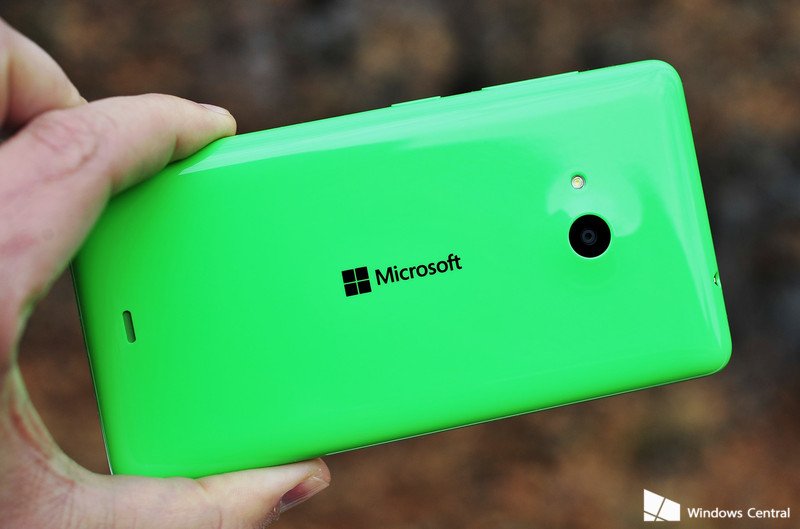
This was the question posed by my 14-year-old niece from the back seat of the car on Easter Sunday. She will soon be the recipient of a Lumia 635 Windows Phone. Good news right? Well, kind of. The device will be passed down to her from my nephew, her 18-year-old brother who after a second brief stint with Windows Phone has returned to team iPhone. So much for family loyalty.
He does leave these parting sentiments in praise of the Windows Phone UI, however. Windows Phone is fast, smooth and never hangs. Yet, he refuses to hang around. So why no selfies with the Lumia 635 for my teenage niece and all those selfie loving types? Well, what happened was...

Low Blow
"We will be particularly focused on making the market for Windows Phone. In the near term, we plan to drive Windows Phone volume by targeting the more affordable smartphone segments, which are the fastest growing segments of the market, with Lumia." – Satya Nadella
These are the words of Microsoft CEO, Satya Nadella, in a memo{.nofollow} sent to employees on July 10, 2014 that revealed to us the strategy outlined for the Redmond company. Low is the way to go. Emerging markets, often referred to as the next billion, are the target growth audience for both Microsoft and it's rival Google. In a race to the bottom both firms have committed to a strategy to offer low-cost devices to populations with limited disposable income, and for whom a smartphone is potentially their first internet connected device.
Unlike iOS and Android, the Windows Phone operating system has not been a highly recognized and sought after platform of choice by the general smartphone buying population. Shoppers regularly walk into carrier stores, retail stores or surf the web seeking to purchase an Android or iOS device. Market share stats show this all too well. Combined, these two platforms occupy approximately 97% of the smartphone space. Android claims about 80% while iOS boasts about 17%. Windows Phone's meager 3% is a reflection of the reality that comparatively few shoppers are actively seeking Windows Phones. Sure that's a tough pill to swallow for Microsoft and those of us that follow it. But in order to solve a problem one must first acknowledge the problem exists.

Trimming the "Phat"
Phat: slang for very good, excellent; cool; hot and tempting.
In order to reach the masses and to grow their global mobile footprint of devices and services like Bing, Office, OneNote, OneDrive and Skype, Microsoft had to make Windows Phone more accessible by lowering the cost of purchase. Foregoing the esteemed build quality, superior feature set and premiere imaging technology found in high-end devices like the Nokia Lumia 1020, 1520, 925, 928 and 930/Icon, Microsoft has offered devices to the masses that present a compromise.
Devices with lower memory, slower processors, less impressive displays, less advanced cameras, no front facing camera and a less premium build. Per Satya's plan, this has yielded a proliferation of low-end, low-cost devices in the market. As a result, in a world dominated by Android and iOS people have begun, relatively few though they be, to take notice of Windows Phone. Well, kind of. This is where things can get a little tricky.
All the latest news, reviews, and guides for Windows and Xbox diehards.

A Brand in the Hand is Worth...
Every company seeks to create a recognizable brand; something appealing that differentiates it from the competition. Apple has positioned itself as a luxury brand. Consumers recognize Apple's products and are willing to pay the price to acquire them. Regardless of personal feelings towards Apple, the Cupertino company has mastered the art of branding. It has been so successful with the iPad, for example, that for many the product name 'iPad' is often used interchangeably with tablet. This reality surfaced (pun intended) during an NFL game.
Then, of course, there's Samsung. The company's "Next Big Thing" campaign mockingly acknowledged Apple and branded the Samsung Galaxy line of devices as the natural progression beyond the iPhone's monumental success.
Much of the world believed the message. That campaign effectively halted Apple's apparent unstoppable rise as the head of a mobile device hegemony. Samsung is now the world's largest OEM for smartphones. It is also a highly recognized brand.
Branding is key. Two of Microsoft's arch rivals in the mobile space have succeeded in creating highly recognizable brands for their mobile products. A cursory sampling of the general population would likely yield that most people recognize Apple as the "luxury/elite" brand and can easily associate Samsung's Android devices with their "Next Big Thing" campaign.
So, if Apple represents luxury and Samsung is the Next Big Thing, what is Microsoft's brand? According to Satya Nadella, they are the "productivity and platform company." Ok, sure we all recognize that Microsoft's Office productivity suite rules homes and enterprise the world over.
But wait.
There's more.
Productivity, as defined by Microsoft, goes well beyond Office productivity of documents, spreadsheets, and slides. It encompasses everything in both work and personal life. It's about empowerment. Here's how Nadella puts it in his 7/10/14 memo to Microsoft employees.
"At our core, Microsoft is the productivity and platform company for the mobile-first and cloud-first world. We will reinvent productivity to empower every person and every organization on the planet to do more and achieve more."Productivity for us goes well beyond documents, spreadsheets, and slides."
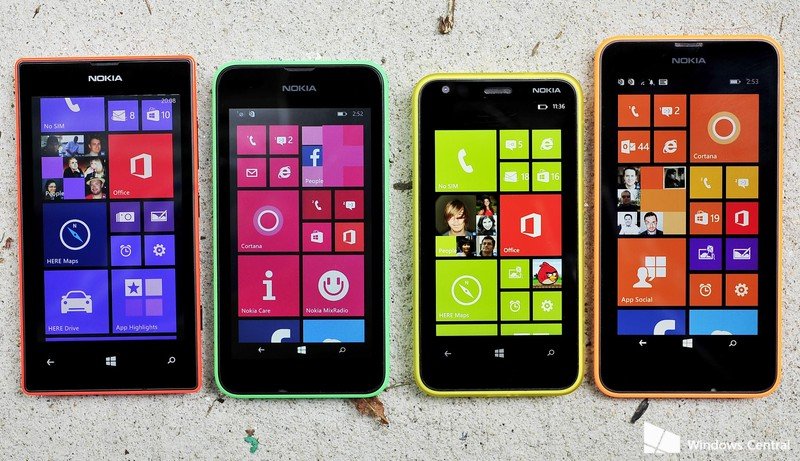
I'll take that $50 Phone. What's it called by the way? Or I'll See your Brand and Raise You Fifty
Nadella's branding goals are a bit more ambitious than the role Microsoft has played in our lives in the way of productivity in the past. The Redmond company is aiming to seamlessly serve our productivity needs for everything we do across work and our personal lives. That is certainly great and comprehensive branding. We buy our devices to do stuff after all. If Microsoft's branding as the productivity and platform company begins to resonate with the masses, Redmond may solidify itself in the industry as the brand to get things done.
Microsoft is aiming to seamlessly serve our productivity needs for everything we do across work and our personal lives. The question is, are the masses hearing this message?
The question is, are the masses hearing this message? You see when a lot of people go to purchase a smartphone they are looking for the phone that changed everything. They want the phone that put the internet in everyone's pocket, has a mature app ecosystem, vast developer and third party support and is the device that everyone's friends and family members use. The status symbol device, the iPhone.
Or they're looking for its antithesis. The device that claims to be the natural successor to the mobile device throne. The phone that made large screen devices popular. A Samsung Galaxy device.
The majority of shoppers who are not looking for either of those or some other high-end Android device are likely just looking for a cheap, I mean, affordable device they can purchase outright. What's the OS? Who knows and who cares?

This is where Windows Phone has hit its stride. Not on the message that it is a device that fits within an ecosystem that is positioned as the productivity and platform solution. No, Windows Phone is making ground as the cheap option.
This is where Windows Phone has hit its stride...Windows Phone is making ground as the cheap option.
Yes, I know the politically correct term is "affordable". But when most real people walk into real stores and spend real money on a device – and really walk out having spent $50 - $100 for a real smartphone off contract – their perception is that what they now own was cheap in comparison to many other available options.
Branding is a psychological affair.
Windows Phone has not yet attained that psychological branding of empowerment in the minds of most consumers. It is known for something, however. With most of the Windows Phone devices that saturate the market belonging to the low-end, Windows Phone is the cheap smartphone option. With very few high end devices on the market and the lack of a strong and aggressive productivity and platform consumer facing message, cheap is becoming the recognized brand in the mind of consumers that defines Windows Phone.
Consumer: Hi, do you have anything under $100?
Associate: Sure we have these Lumia's.
Consumer: How much?
Associate:$49.99
Consumer: Great I'll take two!

Out of Sight Out of Mind
During a visit to Walmart I witnessed a young woman telling the sales associate that she had come to purchase the Lumia device that was in the paper for $50. As you may have guessed, said associate began to attempt to dissuade her from her decision in favor of another platform. After quietly observing I carefully interjected sharing some Windows Phone info and then placed my Lumia 1520 face up on the counter. What struck me was the reaction of the associate who remarked about its high definition display as if she'd never seen one on a Windows Phone before that moment. Needless to say, the tide of the conversation then turned in favor of Windows Phone.
The observation I'm left with is that Windows Phones meager 3% market representation is so small, and the even more miniscule representation of high-end devices as part of that barely visible share so unremarkable, that it makes the general populations encounters with a high-end Windows Phone device almost non-existent. If someone happens to encounter a Windows Phone in the wild it will likely be a low-end device with an ok display, low memory, low-end build quality and no front facing camera. You know like the 5xx and existing 6xx range of devices that dominate Windows Phone share with over 50% representation.
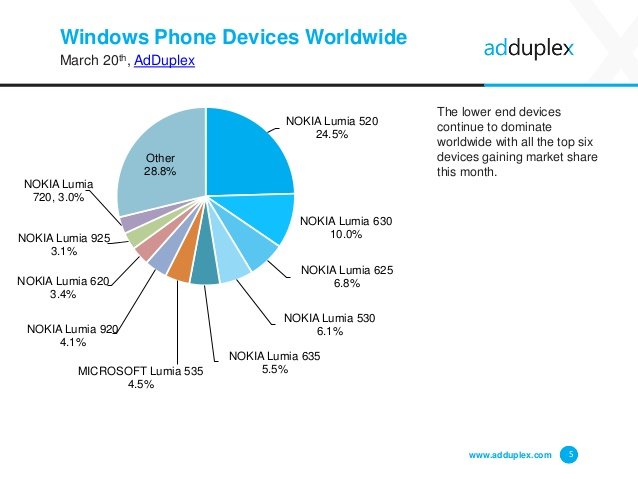
This is what people associate with the Windows Phone platform. They don't see high-end devices. So they believe what they do see. A Windows Phone in their estimation is a low-end device. Furthermore, this is the perception of Windows Phone that the masses then use when comparing Windows Phone to iPhones and high-end Android devices. Ouch.
Low-end with the associated design and specification compromises sadly may be becoming Windows Phones brand in the minds of consumers.
As we await this summer's debut of Windows 10 and the promised flagship Windows phone(s) I'm reminded of a childhood favorite. Big Bird from Sesame Street was the only one to ever see his pal, Mr. Snuffleupagus. Despite Big Birds assertions of Snufflleupagus' existence, people only believed what they saw (or didn't see.)
It seems Windows Phone enthusiasts and techies are the only ones who ever see high-end Windows Phones. 'Nuff said.

The Elephant in the Room
One additional challenge facing Windows Phone adoption is actually one of it's greatest strengths. Microsoft, with the unique Windows Phone UI and Live Tiles, made a deliberate departure from the more 'traditional' UI found on iOS and Android. This unique presentation of the Modern UI is loved by many and hated by some.
Sometimes the truth hurts.
Many just don't understand how to navigate the Windows Phone UI. I think, however, that this reality has less to do with Windows Phone being inherently less intuitive than competing platforms, and is more a representation of the effects of the dominant platforms on the experiences of the general population. As noted above, 97% of the smartphone using population use iOS or Android. Also noted above, both share some common user interface functionality. The similarities are so profound that Apple took Samsung to court over accusations of patent infringement, though of course Samsung Android isn't Google Android. But, I digress.
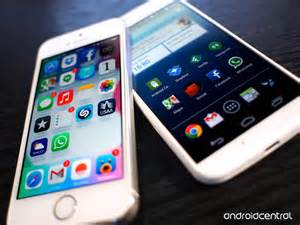
Naturally, with similarities so profound users switching between iOS and Android, or simply using a device from the competing platform will find some familiarity. Because of this they may even perceive it as intuitive. This is also true for individuals who do not yet own a smartphone. iOS and Android devices are so prolific, most people in most regions have at least seen or used one.
Someone picking up a Windows Phone, however, sometimes finds it confusing because in their experience a smartphone looks, and is navigated, a certain way. The vertical rather than horizontal scrolling home screen, the Live Tiles that combine the power of widgets with the efficiency of icons and an app list accessible with a swipe from the right is unfamiliar to the masses. This unique experience can be frustrating to some consumers.
Though simple, once learned, some new users without support succumb to the frustration and return their Windows devices with vocal complaints. These UI 'challenges' coupled with the perceived low-end branding and comparative limitations of the low-end hardware add up to a real barrier to positive Windows Phone perception. Many sales associates who facilitate these returns and hear these complaints then rehash these user experiences to new customers interested in Windows Phones. And round-and-round we go.

...Two in the Bush (or More RAM in the Bush)
I opened this piece with a question from my niece.
"Why don't Windows phones have front facing cameras?", she asked.
The simple answer is that Microsoft's plan to grow Windows Phone market share was to cut costs, eliminating some features in order to sell low-cost devices to the masses. Additionally, the missing front-facing shooter is not a characteristic of Windows Phone as a platform. It is rather a strategic compromise for some of the low end devices that make up the bulk of Windows Phone current market presence. Microsoft has received a lot of feedback from users regarding some of these compromises found in popular devices like the Lumia's 520 and 635. Complaints have been levied regarding the 512MB of RAM that is insufficient to run certain apps. Also in the age of selfies and video calls a missing front facing camera can be a deal breaker or a frustrating omission to many like my niece. But there is hope.
Microsoft's new Lumia's 640 and 640XL bring to bear a promise made by Microsoft in 2014. The company made a commitment then to progressively bring high-end features to lower end devices. The specs on these two phones supports that.
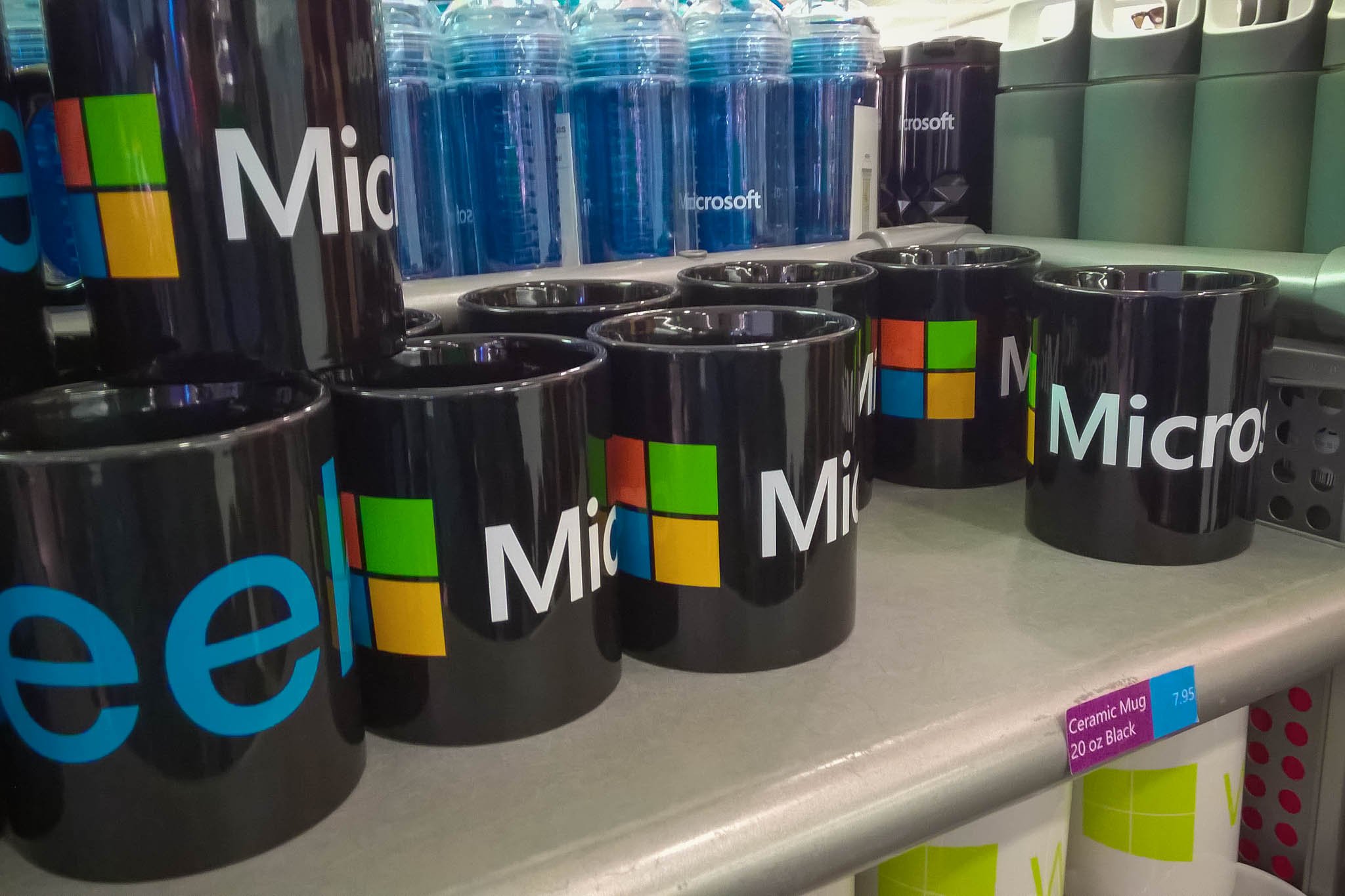
Selfie
Of course Microsoft, though not pushing an aggressively vocal productivity and platform consumer facing message to the masses, have through the proliferation of its low-end devices pushed their productivity tools. Skype, Office, OneNote, OneDrive, Bing and Outlook along with the need to log into the Windows Phone with a Microsoft account are all inherently part of the Microsoft Windows Phone experience. Cortana, great Lumia branded camera and photo editing tools, the ability to use OneDrive to store and play music all help to tell Microsoft's productivity for work and personal life and platform story. Microsoft is conveying its productivity and platform message albeit in a much less "in your face" method than Apple's and Samsung's branding campaigns.
In the age of the selfie, however, maybe a little Apple and Samsung-esque self-adoring self-promotion is in order for Microsoft. Persistent in your face, productivity and platform empowerment ads, selfies if you will, could succeed in convincing the masses of what we in the Microsoft camp have known all along. Windows Phone is far more than the cheap option.
Stay Tuned for Highs and Lows Part II: Microsoft's SmartPhone Strategy, Planting the Seeds for Success
In the meantime chime-in in comments and Twitter @JLTechWord. We've got a lot to talk about!

Jason L Ward is a Former Columnist at Windows Central. He provided a unique big picture analysis of the complex world of Microsoft. Jason takes the small clues and gives you an insightful big picture perspective through storytelling that you won't find *anywhere* else. Seriously, this dude thinks outside the box. Follow him on Twitter at @JLTechWord. He's doing the "write" thing!
